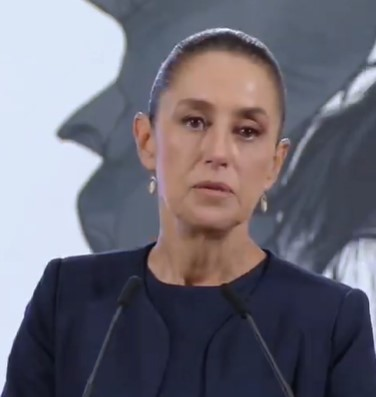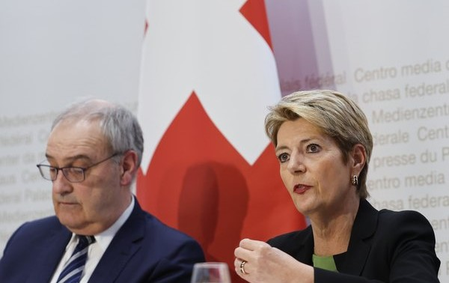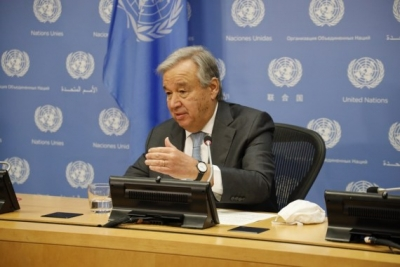
New Delhi, Aug 8 (IANS) With Prime Minister Narendra Modi set to visit China after six years and National Security Advisor (NSA) Ajit Doval engaging with Russia on key defence deals, there are early signs that India may recalibrate its strategic posture and the shift in geopolitical alignment is something investors should watch out for very closely, a report said on Friday.
Recent moves by the Trump administration mark a sharp shift in US-India trade and geopolitical dynamics, potentially unravelling more than two decades of bipartisan progress.
“The US has paused trade talks and announced 50 per cent duties while extending more favourable terms to China and Pakistan. The US rationale for this action is India’s continued oil imports from Russia and growing role in BRICS. These actions, along with criticism of manufacturing in India by US companies, seem like a significant policy reversal by the US,” M Financial Institutional Securities said in its report.
India’s trade relationship with the US had strengthened notably post-Covid, supported by the global shift towards a ‘China+1’ supply chain strategy.
The US is now India’s largest export destination, accounting for 23 per cent of total exports and is the only region contributing positively to India’s trade surplus.
In 2024, exports to the US stood at $91 billion, led by electronics ($14 billion, rising iPhone shipments), pharma, and gems and jewellery. Imports from the US totalled $43 billion, with key items including minerals and industrial equipment.
“Prima facie, it appears that India’s chemical, textile and auto components sectors are most susceptible to US President Donald Trump’s tariff actions, and exports of companies herein could be directly impacted,” the report mentioned.
“Next in line, we understand, are pharmaceuticals and electronics sectors, which are currently exempted under Section 232 investigations. Further action on this is likely in the near future. IT services might surprisingly benefit, aided by a depreciating rupee,” it added.
Tariffs of the magnitude of 50 per cent will moderate India’s GDP growth, considering the trade surplus with the US (1 per cent of GDP) will be difficult to compensate through geographical diversification in the short run.
“We believe RBI will likely allow the INR to slide to absorb the pressure of the recent FII selling. Elevated US tariffs could impact US inflation, growth and the US dollar in that order, which would cushion the emerging market EM currencies, including INR, to some extent,” the report noted.
With the initial set of 25 per cent tariffs now effective, the 21-day window left open by Trump remains crucial for negotiations.
The question is – who will blink first?
–IANS
na/svn




